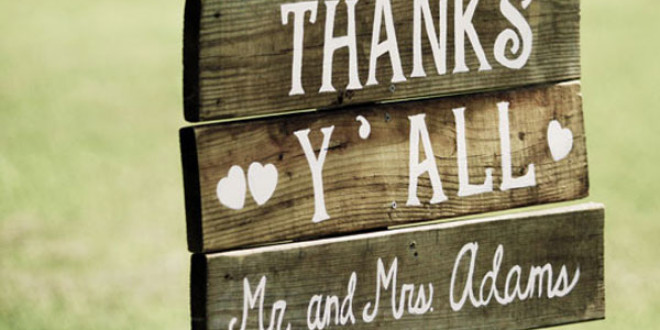[ad_1]
Many changes have taken place on the African Continent in the past centuries however a history of tradition and culture still exists. The people are still keen to share the stories of their ancestors and although the culture has been modified over time the roots of tradition still remain.
Let me introduce you to the Shangaan people, with whom I have worked closely over years spent in the Lowveld.
After the bloody defeat of the Ndwandwe clan by Shaka – king of the Zulu, three leaders each having a small following, headed north to surprise and conquer the peaceful Tsonga people. One group under the leadership of Shoshangane remained between the Thonga and the Ndawu while the other two headed towards the Limpopo River. Shoshangane established an empire, which became known as the Gaza, the Tsonga became known as the maShangana or “Shangaans.” Gazaland was the last surviving black empire in Southern Africa and was only taken over by the Portuguese in 1895.
After this many of the Shangaan people fled into the Transvaal where even today they inhabit the southern lowveld areas.
Shangaan girls are initiated to marriageable young women in a ceremony, which involves scarring of the face and arms, after this initiation a period of freedom for courtship would follow. Marriage involved a contract between the families and a go between would visit the girl’s parents to make the arrangements.
If the parents approved of the couple then the messenger would be provided with a feast and he would give the girls parents gifts this signified that the marriage was complete. Sometimes the young man and women would knot tall grasses together as a symbol of their love. Labola the customary dowry would take form of livestock, tools, baskets, beads, and once accepted the bride’s parents would provide a feast.
Together with a prayer to the ancestors a goat would be sacrificed to ensure favor is bestowed on the pair. The new wife would with a show of great reluctance leave her parents home to join her husbands. Here she would be considered a junior member of the household under her mother in-laws instruction; only once the first child is born did she become properly established. Polygamy was permitted and the husband would acquire a second wife to further secure the first wife’s position. The younger sister of the first wife was normally the preferred choice.
Join the Shangaan tribe with a mock traditional wedding ceremony: The Bride and groom arrive dressed in traditional dress, which is designed, on their behalf. Three elder women bring in the bride to the village from her village, with her parents, sisters, together with dancing young maidens. They meet up with her future husband, who is accompanied by the three elder men, his parents and brothers, with there dancing youths.
Once they meet up the couple exchange gifts. The man gives to the women a woven and beaded cloth, a grass basket and beaded necklace. Blanket to bind the marriage, basket for her to store grain, and the necklace for beauty. The women gives to the man a calabash for his beer, beaded arm bracelet, blanket the woman presents her father in law with a clay pot and beer.
After jubilant dancing, the procession then moves to the bridal hut, where the couple lay down their gifts, and the Sangoma performs her rituals of wishing the couple long life and many children. The woven cloth is then draped over the woman’s shoulders, and they both move towards the sacred tree, which is normally in the centre of the village.
They each drink from the calabash and more jubilant dancing follows. The groom performs his ‘Expression of Joy dance’ and is joined by his father. The bride’s father joins in and the drum is beaten to announce the sacred affair.
A minister may then perform a standard wedding ceremony that is internationally recognised, or a traditional Shangaan ceremony can take place. If this option were selected then a civil wedding would have to have taken place prior to the event.
The role players – elder men and women as well as dancers are supplied. The couples family and friends may be included in the procession. Traditional marriage gifts are provided.
The couple can then be transferred to the Lodge (if held at the Tribal village) of choice for a reception or game drive and romantic intimate dinner and overnight.
Transfer prices and accommodation vary according to Lodge choice and number of guests.
Alternatively invite the local Shangaan people to dance and sing at your wedding, music and dance is a feature of their culture, they can incorporate drums, flutes and trumpets.
In Africa the emphasis of marriage is on the linking of two families and the transaction of the bride. The wealth involved however did not only concern the couple but formed large and sometimes complex networks of relationships within and between members of various families.
[ad_2]
Source by Justine Engelbrecht

